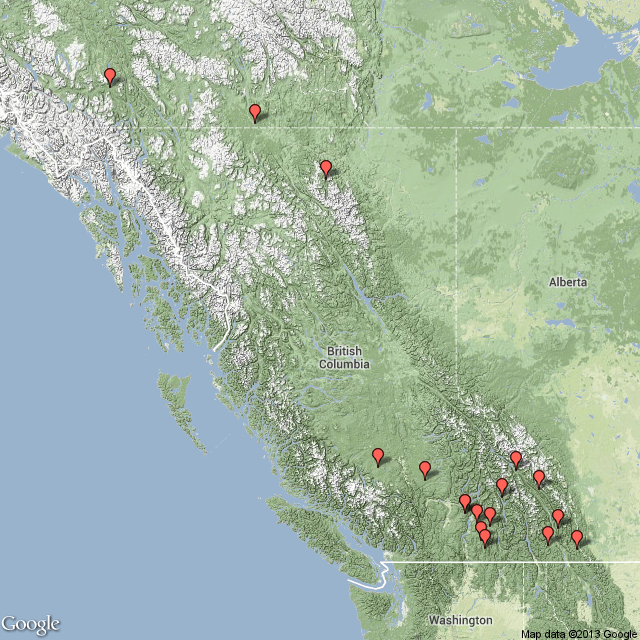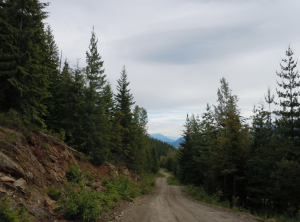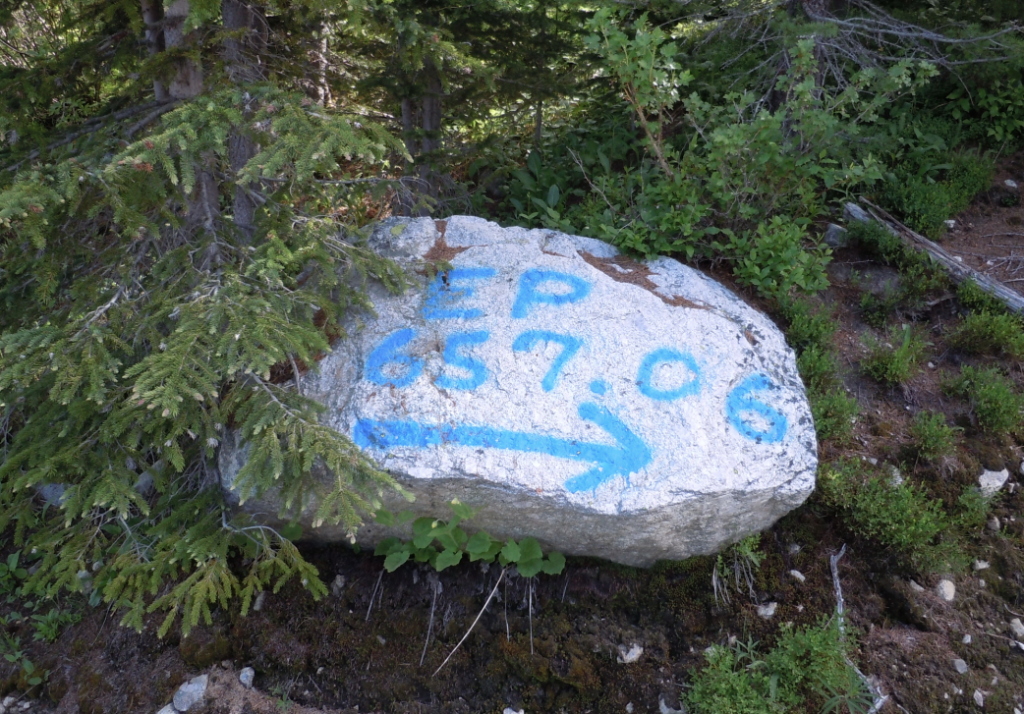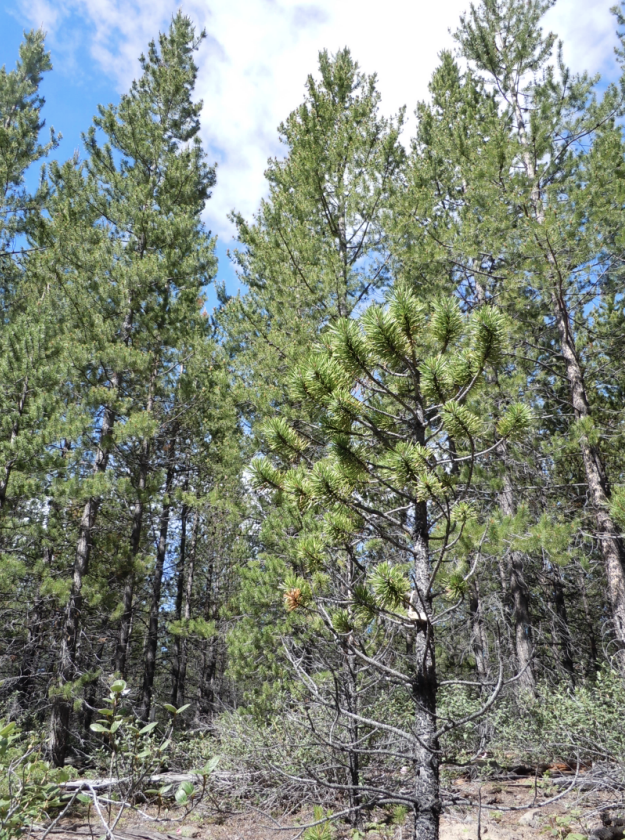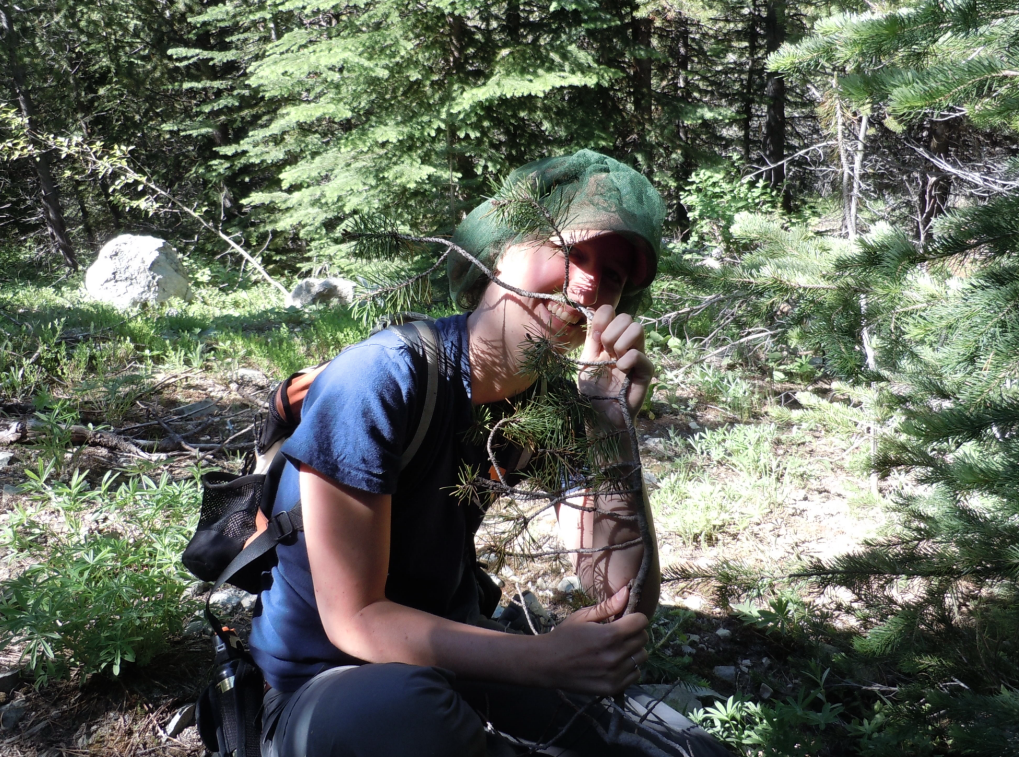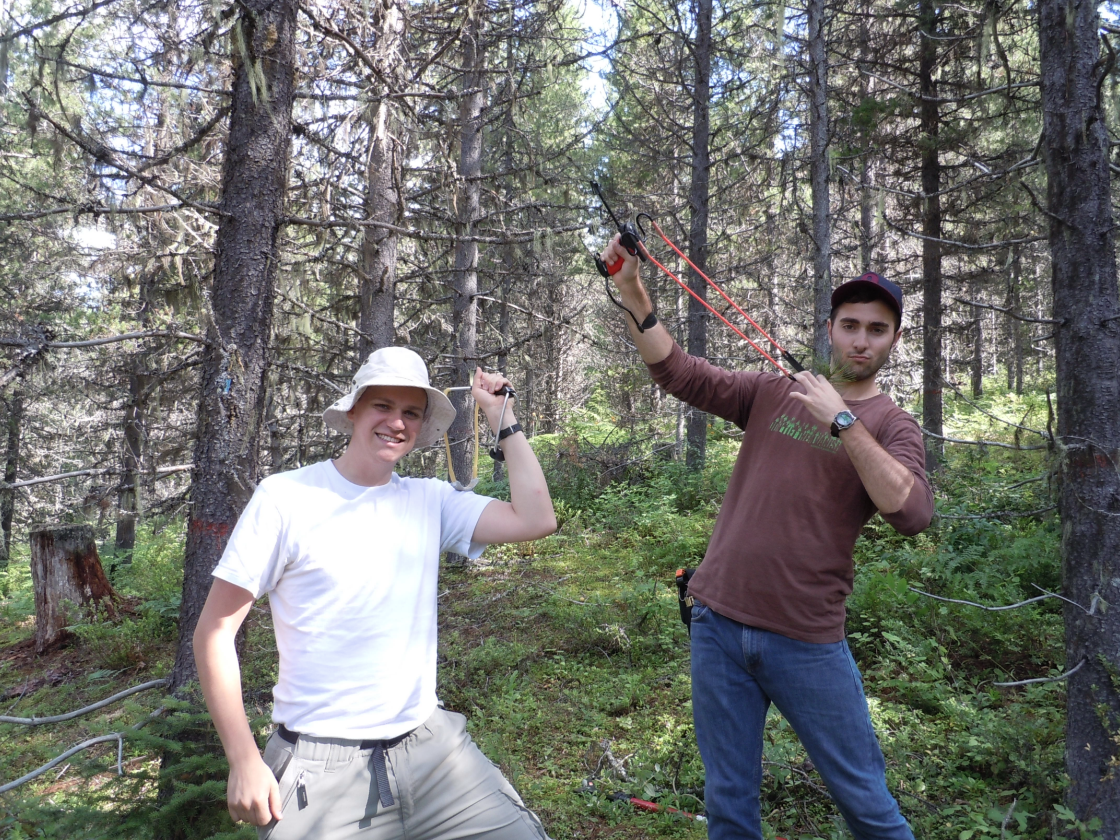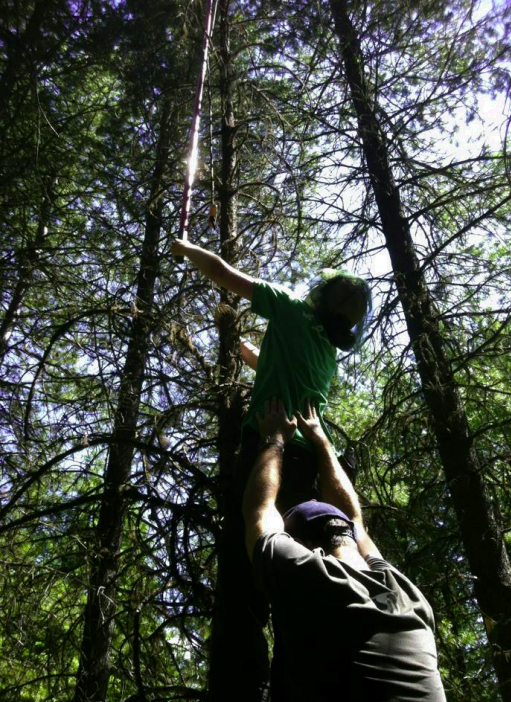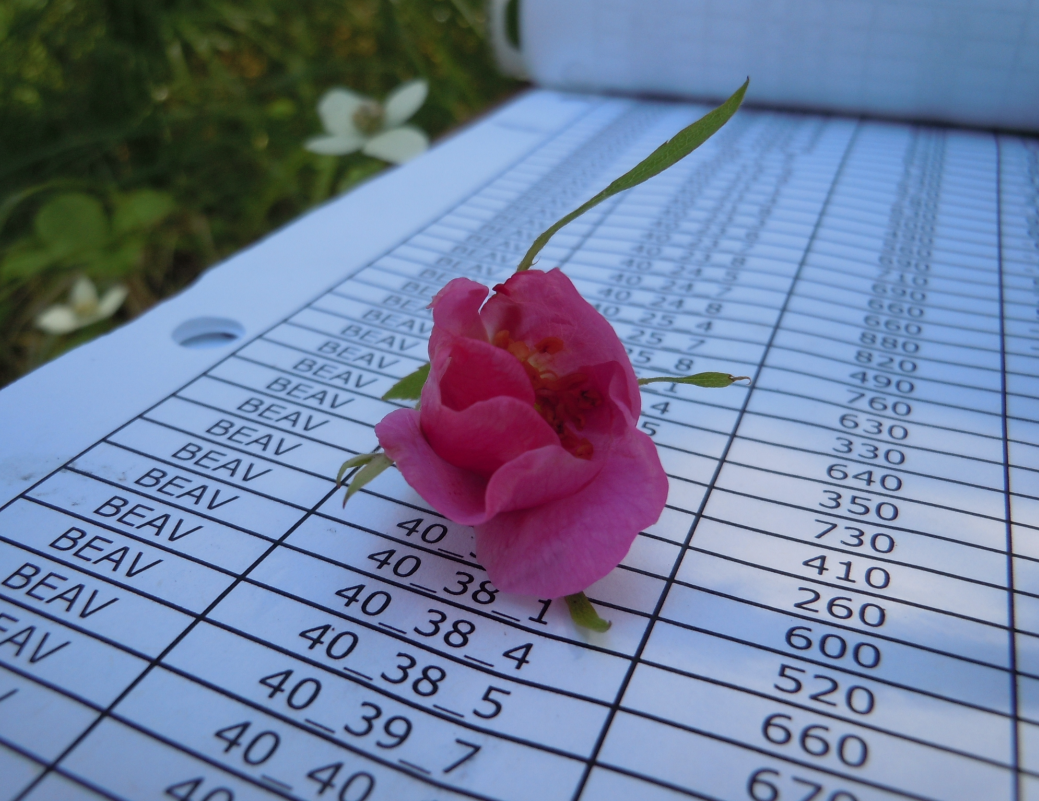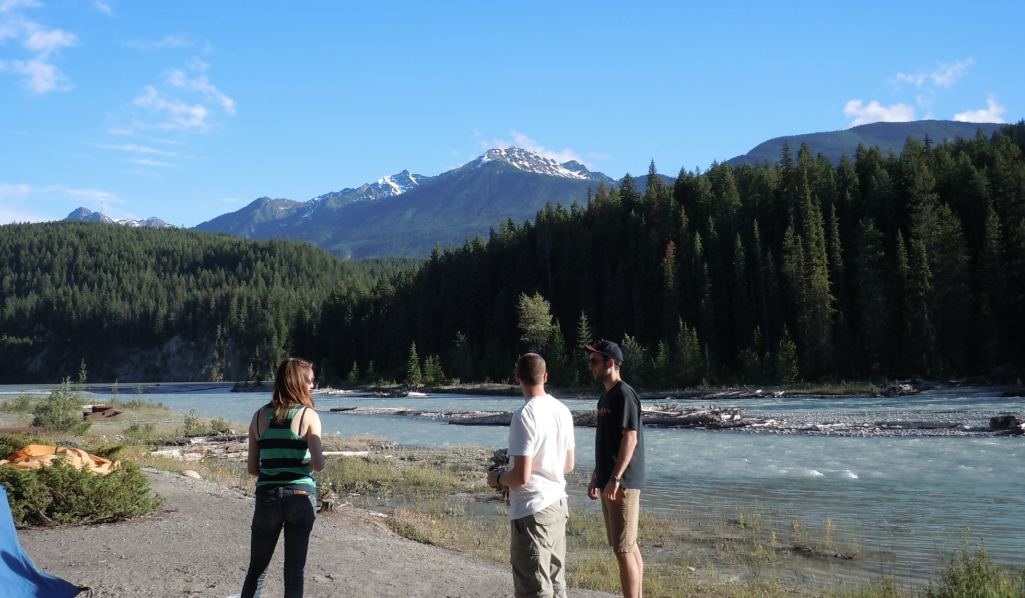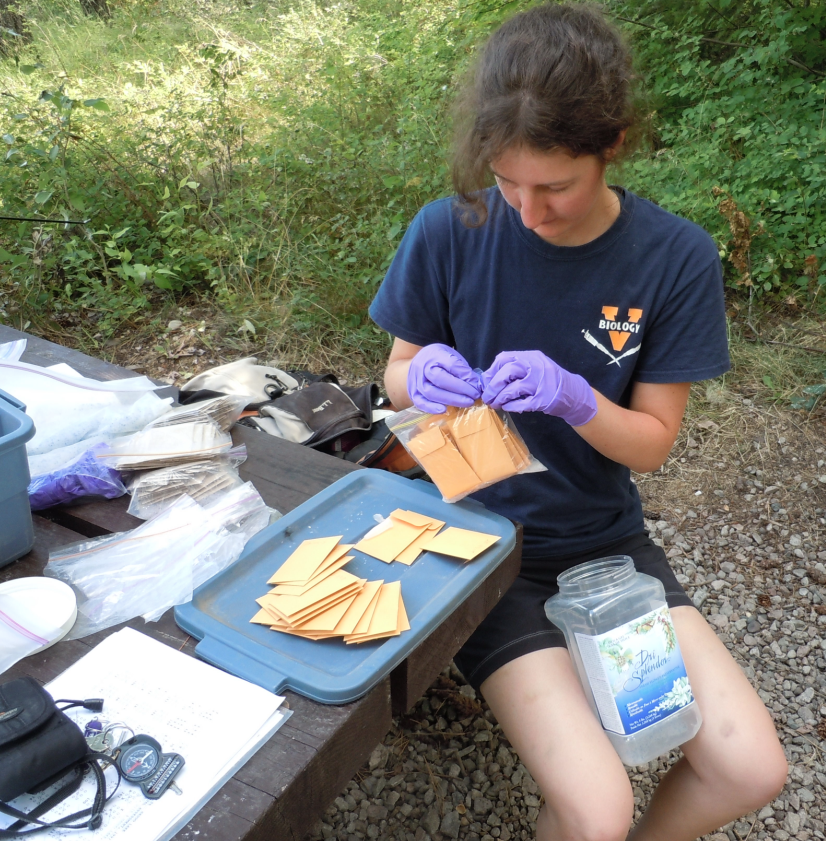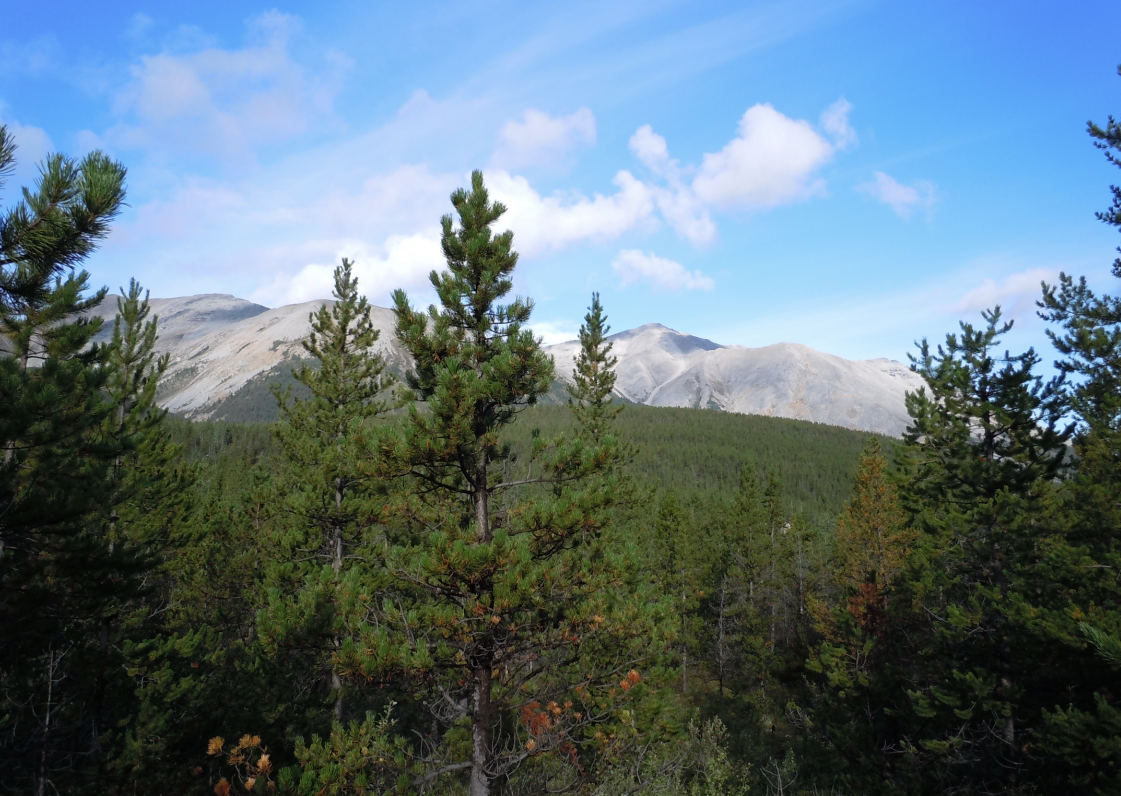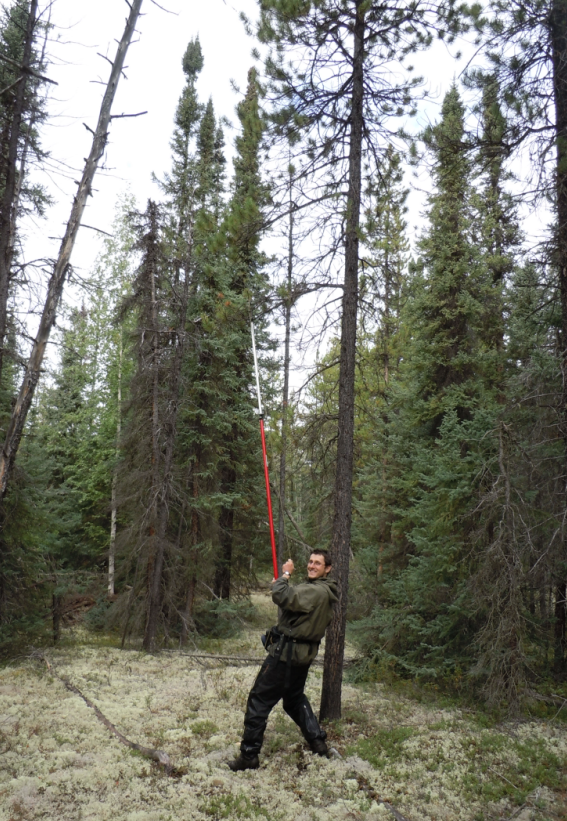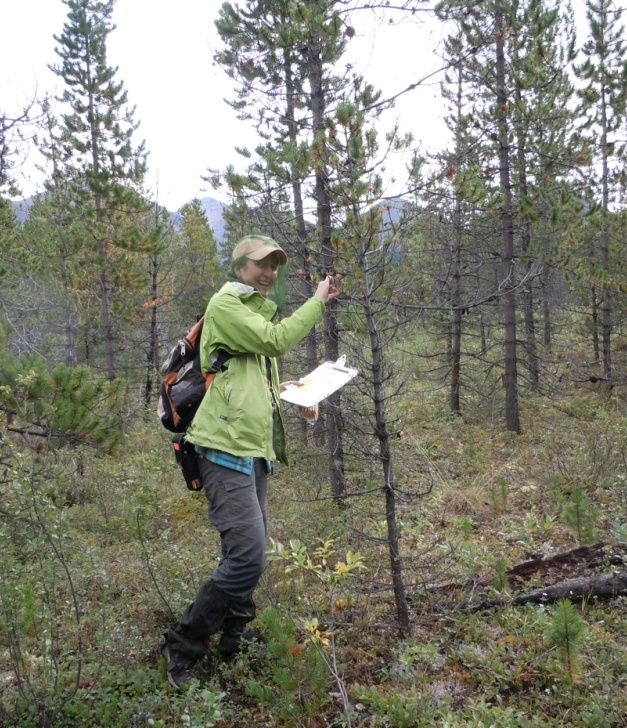By Sally Aitken and Jack Woods
We are recovering from being heavily involved in the organizing and scientific committees of Forest Genetics 2013, an international conference that brought together ~180 people from four forest genetics organizations and 22 countries. This is the third time that Sally has played a lead role involved in organizing a conference (and we both hope that it’s our last). We enjoyed the meeting despite all the work, and want to share some lessons from these experiences for those of you who may be taking on a similar task for the first time.
1. Location, location, location – if you want a good turnout, pick a location that people want to go to. We picked Whistler, BC as in the summer this ski resort village has ample accommodation, a huge range of summer activities, and is in a mountain environment. As it is a village and not a city, there was lots of opportunity for impromptu interactions among delegates outside of the conference schedule, with people running into each other as they strolled through the village or enjoyed a beer on an outdoor patio.
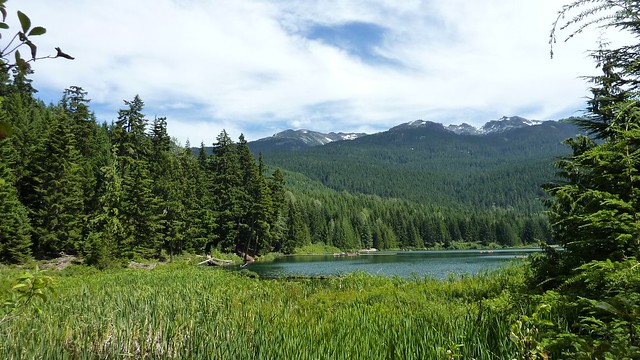
Lost Lake – within walking distance of the meeting venue | Photo by Susannah Tysor
2. Give people free time or they will make it – if you fill every spare minute of every day, participation in talks and poster sessions will drop off as delegates bail to go sightseeing or take advantage of available activities. The better the location, the more important this becomes. We scheduled a free afternoon midway through the conference for people to do some hiking, cycling, relaxing, or to go up the gondola, As a result, we had a full audience for most presentations. If you have to run more concurrent sessions to make this work, then do so.

Graduate students Simon Nadeau, Ian Maclachlan, and Joane Elleouet enjoying their afternoon off | Photo by Kim Gilbert
3. Networking doesn’t happen during talks – Make sure that you keep sessions running on time (with brutally efficient timekeepers to keep those speakers under control who believe what they have to say is more important than the next speaker or break), and schedule enough time for people to chat at coffee breaks and meals. Otherwise, these conversations either won’t happen, or will happen in the hallway during presentations.
4. Select invited speakers carefully and save some heavy hitters until the end – Too often, conferences end with some poor graduate student speaking in a concurrent session to a group of empathetic friends squirming in a near-empty room because most participants have left before the end of the conference. You can avoid this by keeping the conference relatively short, and by wrapping up the meeting with a session of well-known invited speakers. Develop your invited speaker list with your scientific committee, and be sure to include a wide diversity of speakers in terms of age (and career stage), gender, scientific topics, etc., rather than inviting only the usual suspects.
5. Poster sessions need care and refreshments – It might seem easy to skip a poster session if you aren’t presenting, but these sessions are important to plan as people put a lot of work into their presentations and often are grad students who benefit greatly from feedback on their projects and new contacts. Adequate time needs to be allocated to these, and a free drink and snacks often provide the motivation for people to attend. Try to keep the posters available as long as possible, as most people end up chatting during the poster session and will enjoy the opportunity to sneak in at some time during the conference to quietly view the posters (or, for our introverted colleagues, to get away from the crowd).
6. Food matters – The quality of food seems to stay in many people’s minds after meetings are over, so get a foodie or two to pick items from the available menu, and don’t skimp on amounts. Make sure that you give people registering the option to state dietary requirements or preferences, and pass these on to the caterers. Vegetarians are common these days, but (being vegetarians ourselves) we find that you need to provide vegetarian choices to omnivores as well, as otherwise meat-free options disappear quickly, leaving the vegetarians with only dead animals to eat. If possible, have a different caterer and venue for the banquet than for the lunches for variety. A common problem with coffee breaks is that there is a traffic jam because there are insufficient or poorly designed stations with food or drink, and this can delay the resumption of sessions (as it did for us on the first day). Talk about this with the caterers, and insist on an adequate number of stations. Make changes if needed as the conference progresses.
7. Budgeting and payment– Budget to break even with the minimum number of people you expect to register, not the number you hope for. Develop a budget with “must have” and “nice to have” items (meals, SWAG, entertainment, free drinks, etc.). You can add items from the “nice to have” list as registration numbers climb. Include both high and low estimates for all costs and for numbers of participants as you estimate registration fees. A little “gaming” with those variables will help you determine your likely break-even point. Then budget conservatively from there (i.e., set registration 10% higher than you think it needs to be). Developing a budget spreadsheet with cost and revenue estimates with high and low estimates for attendance and costs, and that allows some easy gaming of different scenarios helps with estimates. PayPal is useful for payments, but it comes with a cost that needs to be budgeted for. You can also hire a conference management company to handle payments and many other details, and make your life easier, but for a small meeting, this will increase your registration fees substantially.
8. Conference SWAG – None of us need more cheap plastic mugs or ugly, poor quality conference bags. However, think about items that could decrease, rather than increase, the environmental footprint of the meeting. If the caterer uses disposable coffee cups or provides bottled water, then give people reusable cups or mugs and provide tap water instead. We were pleased to find a source of conference bags made of recycled street banners by a non-profit society called Common Thread employing women with various types of barriers to finding work. A portion of the cost of the bags also went to the Whistler public art fund. The bags were beautiful, unusual, and a big hit.
9. There will always be hiccups – Develop a vision and a plan with your conference committee through consensus, and then do your best to realize those plans, but accept that there will always be a few things that go wrong, and a few people that will be unhappy about something. Don’t fret about these, and don’t change your plans for one or a few highly opinionated people. Similar to planning a wedding, it’s pretty much impossible to keep everyone happy, so just do the best you can and stick to your plan and vision. I was given this advice early on by a friend and colleague (thanks, Jean Bousquet!), and used it frequently.
10. Don’t overcommit – Think twice before you plan to speak at the conference you are organizing. You will be busy with conference details and preparing a talk may be the final straw. Instead, try to highlight your lab’s work through profiling your postdocs’ or grad students’ presentations.
11. Don’t bend to all specific requests – some delegates will seek special provisions, refunds at the last moment, want travel arrangements changed for field trips, and generally drive you crazy with requests. If the arrangements are clear, don’t be too flexible or you’ll be caught in a swirl of last minute details that can be difficult to keep track of. State the rules for refunds, deadlines, etc., clearly on the conference website and stick to them. Delegates are adults and can deal with their own issues.
12. Be cautious with fraudulent registration attempts – there are at least two types of fraud to be careful with. One is where people will attempt to get invitation letters to use to acquire entry visas to the country. They may register and pay, and seek the invitation letter under the guise that they need it to get travel approval. The second may be where people pay with a stolen credit card and then seed a refund. There are likely others. If something seems odd, look into it before you send a letter or refund.

